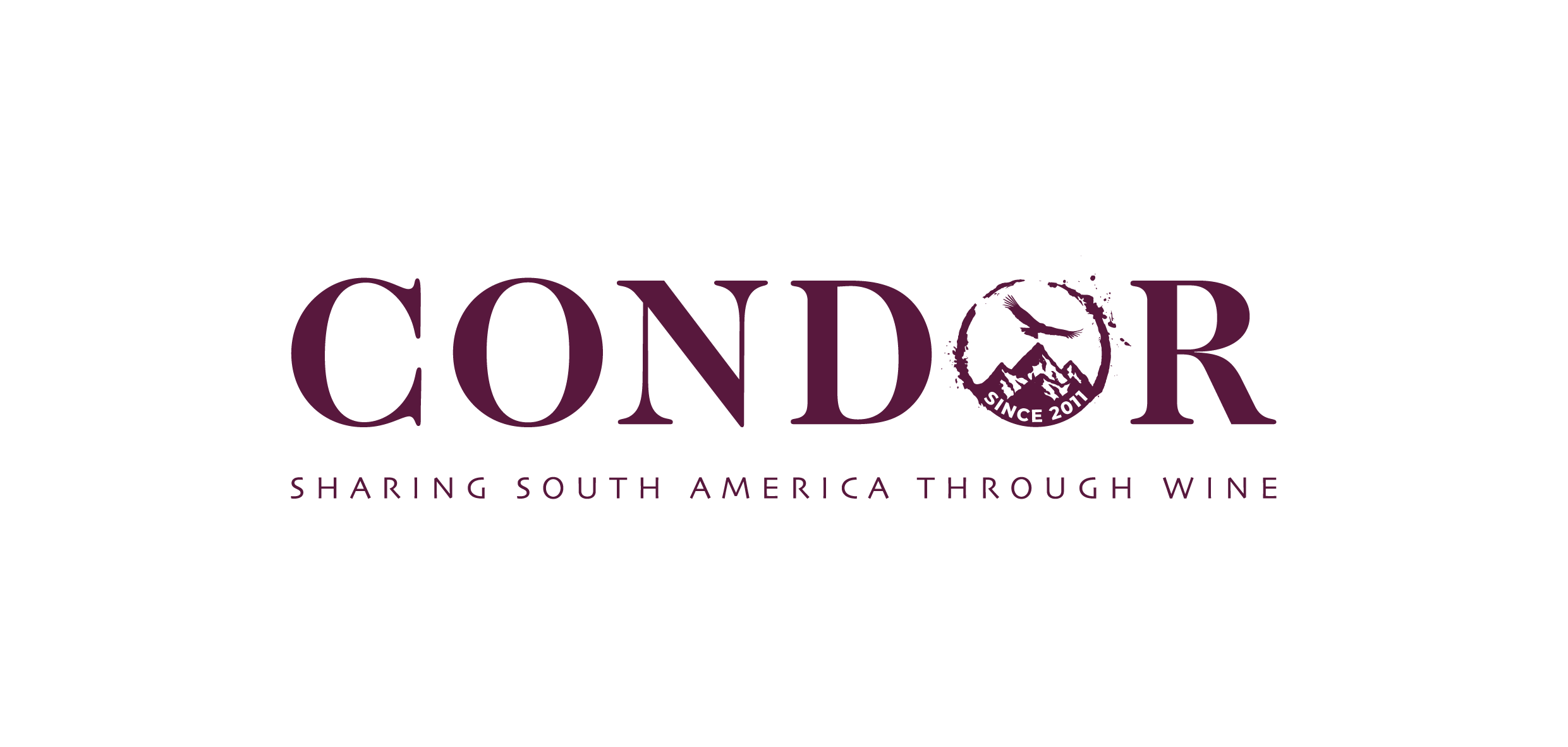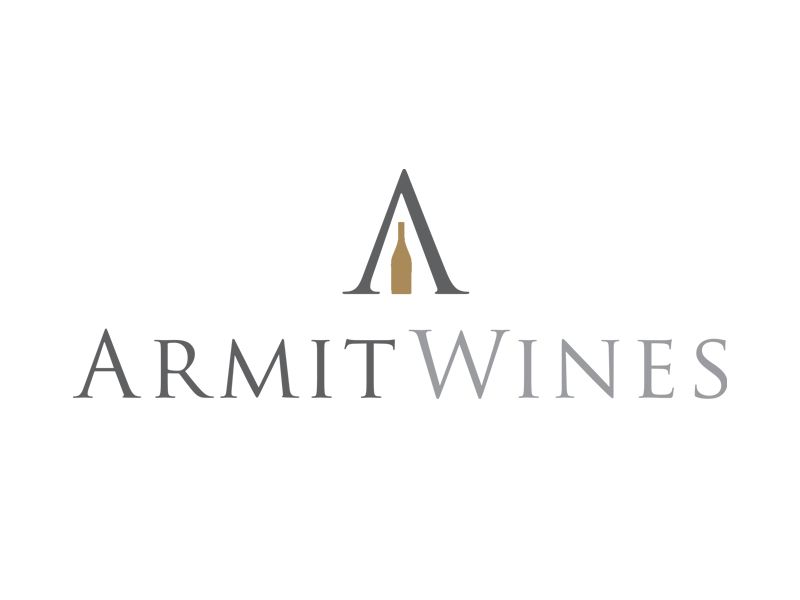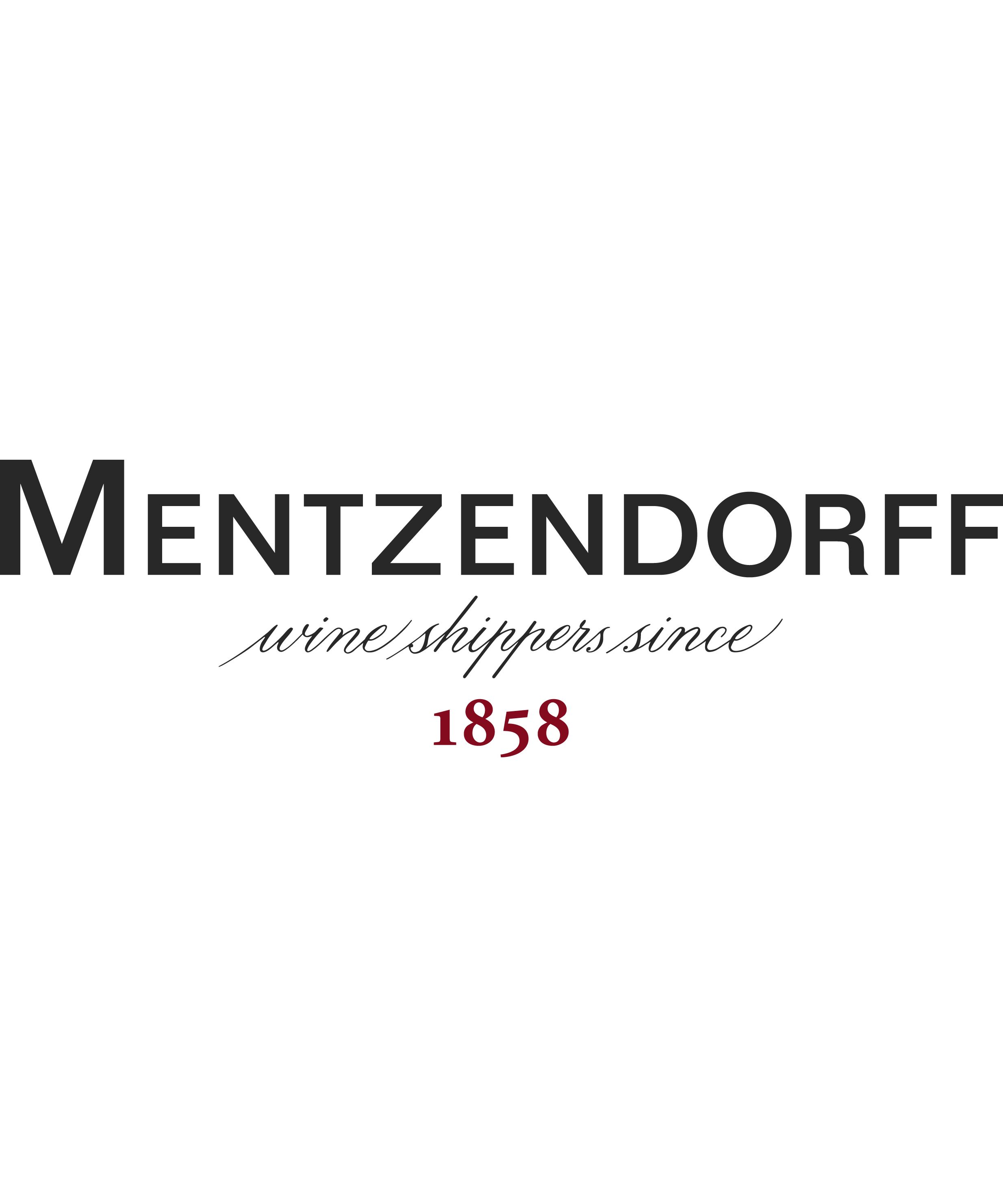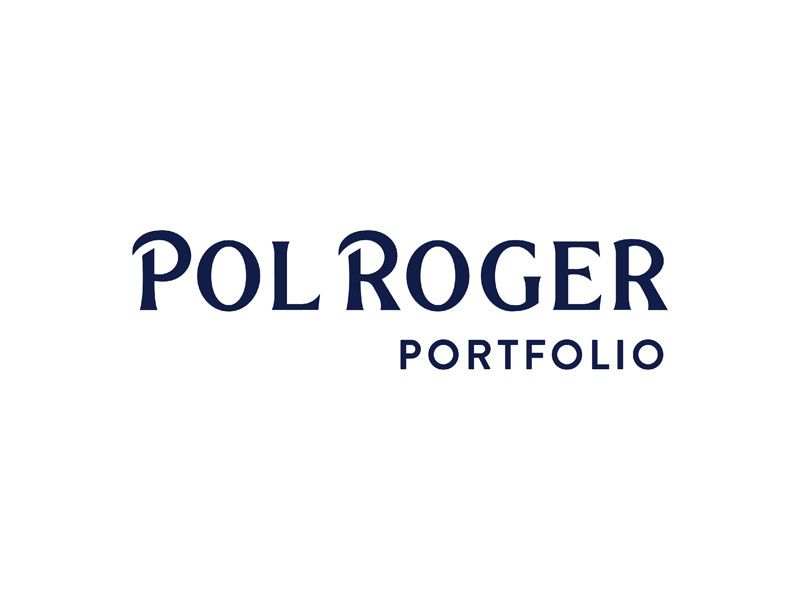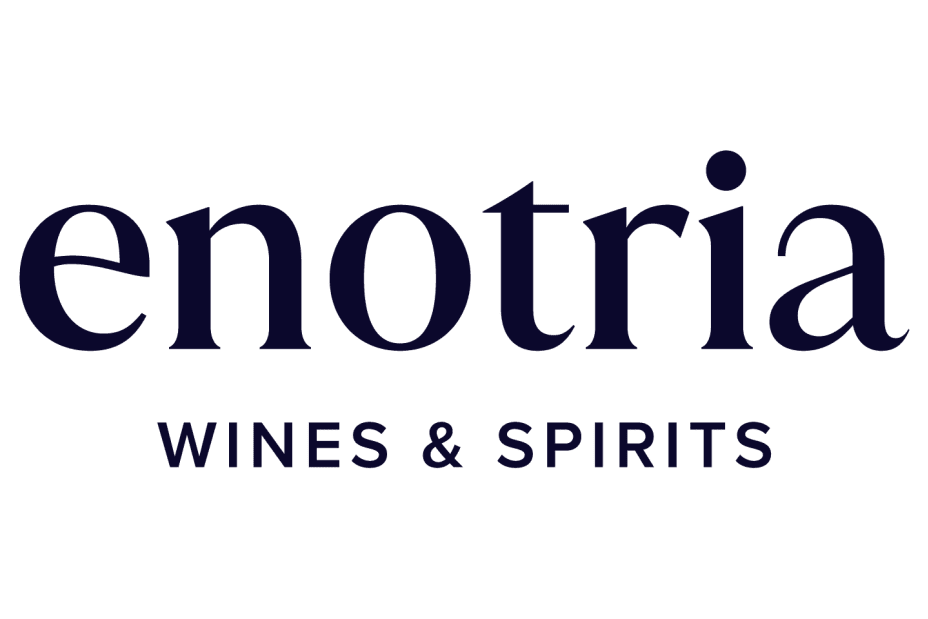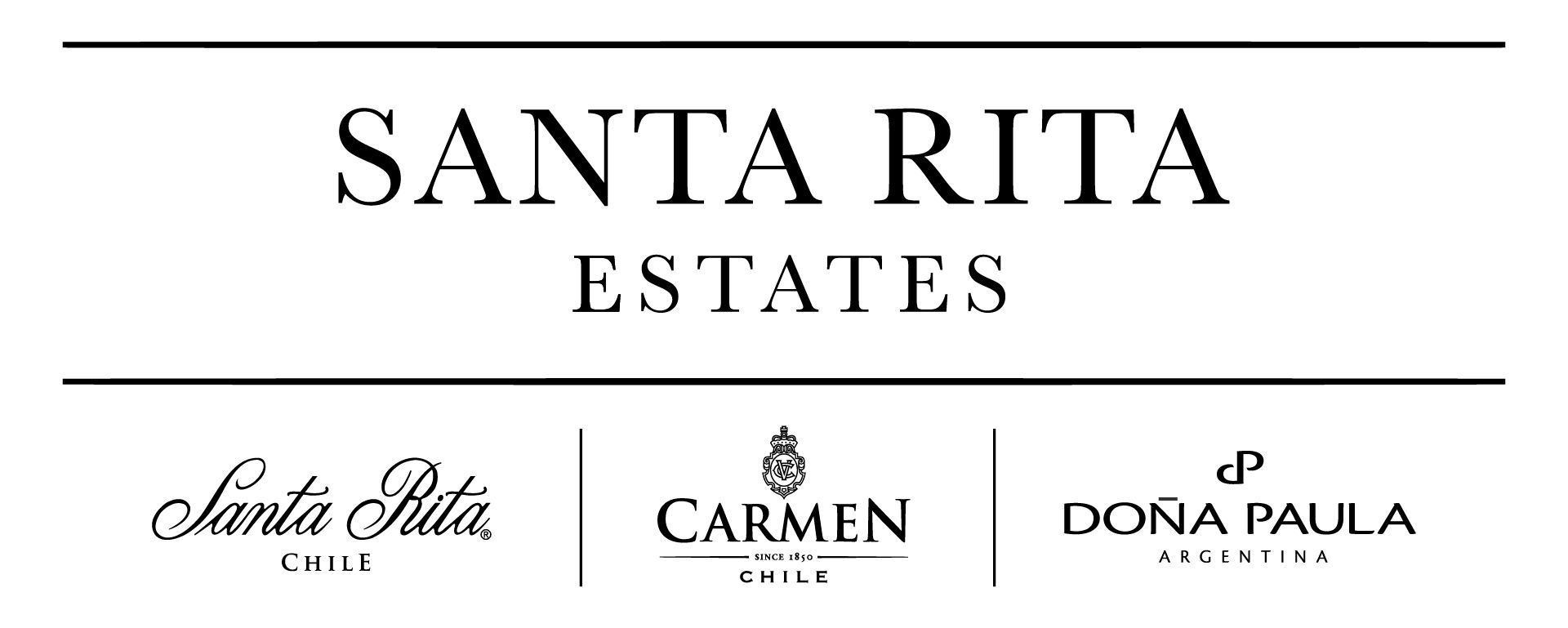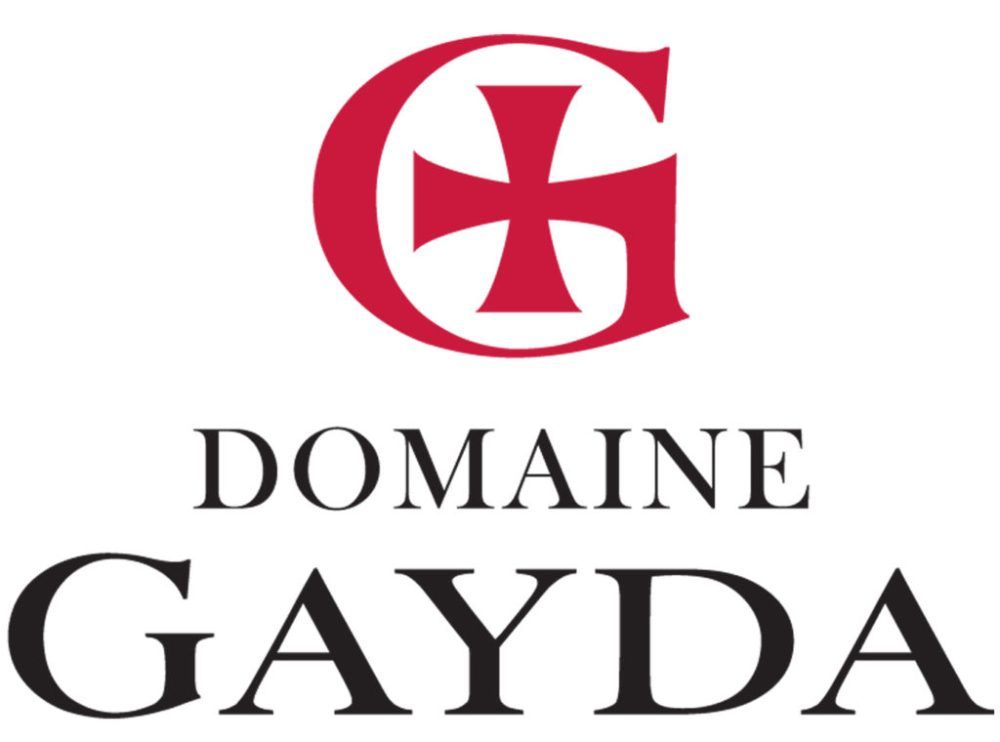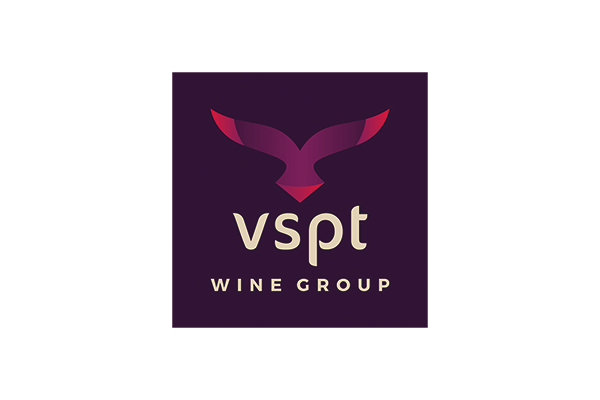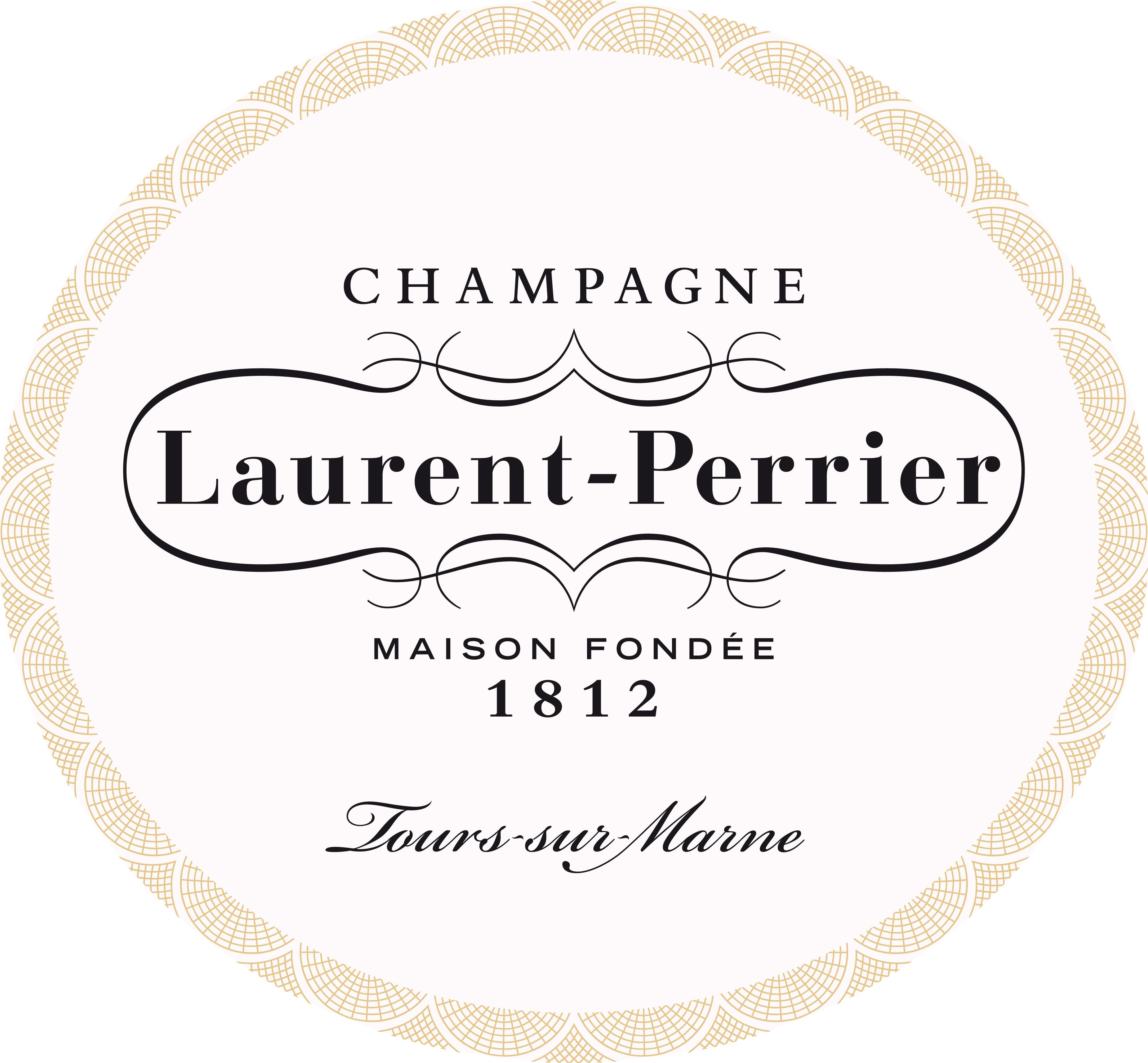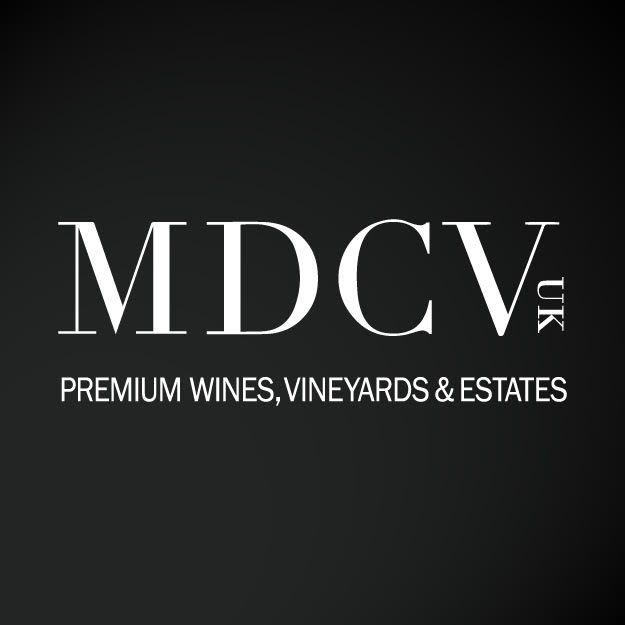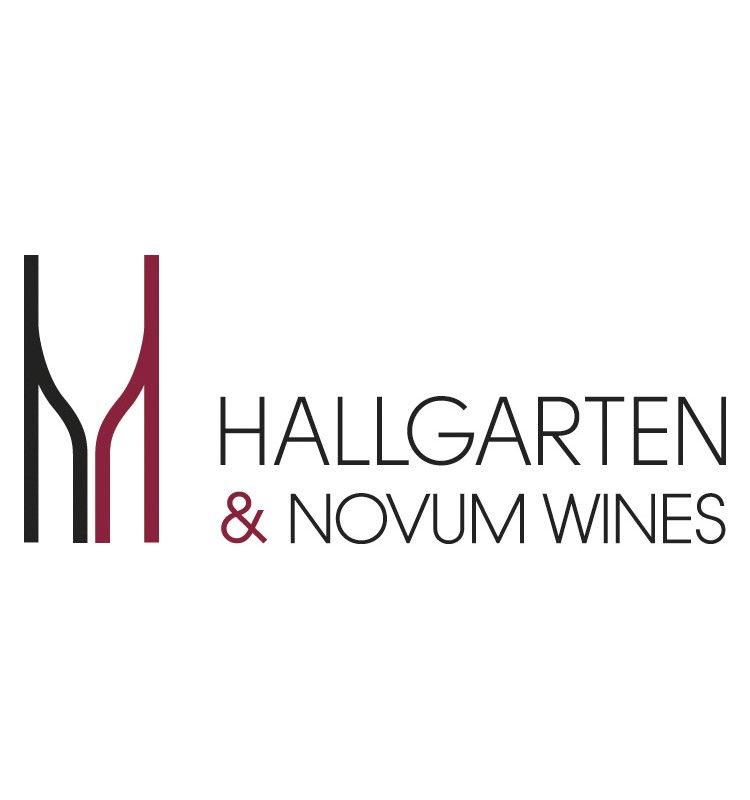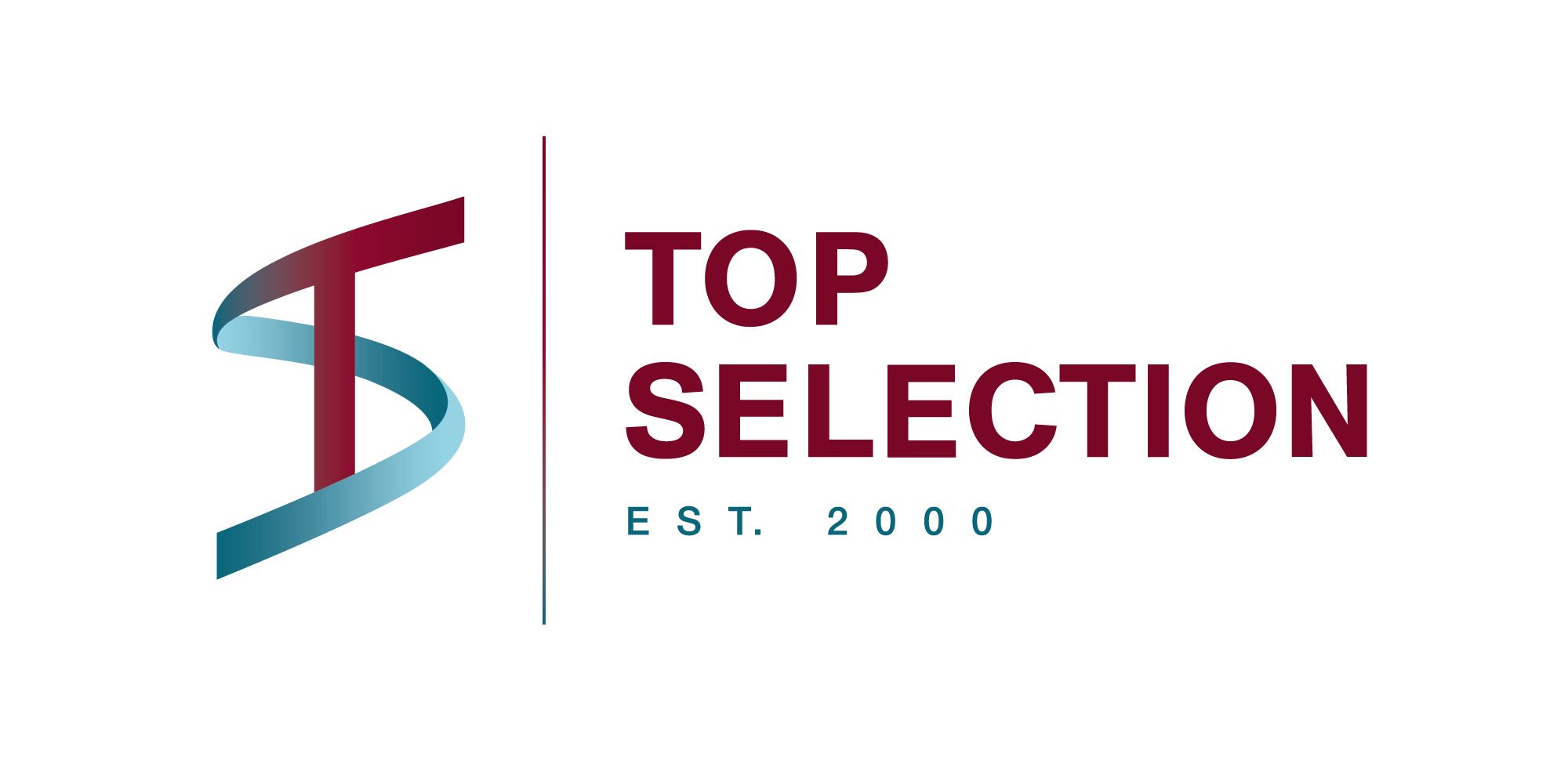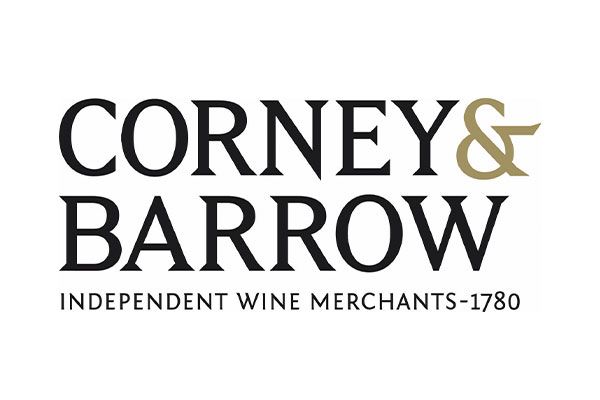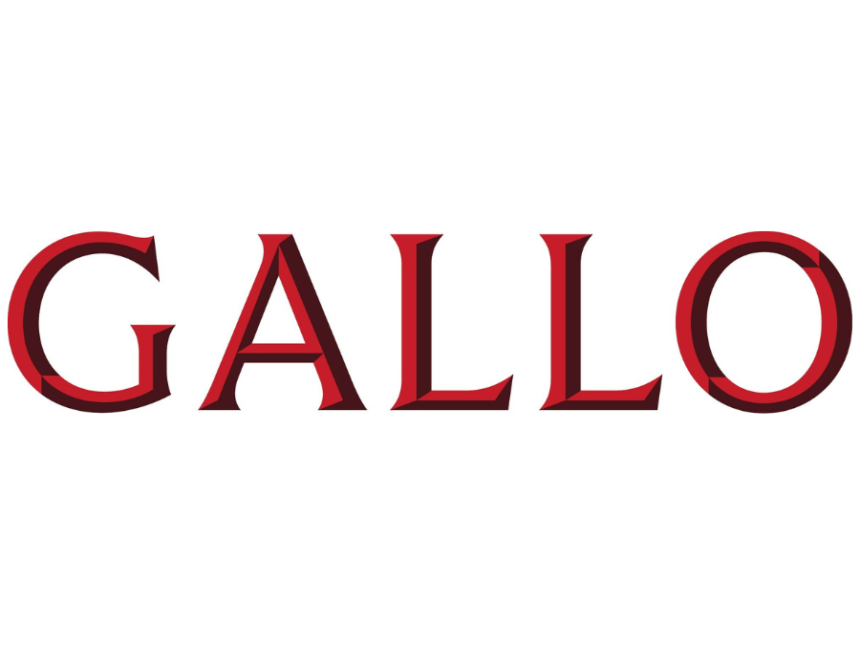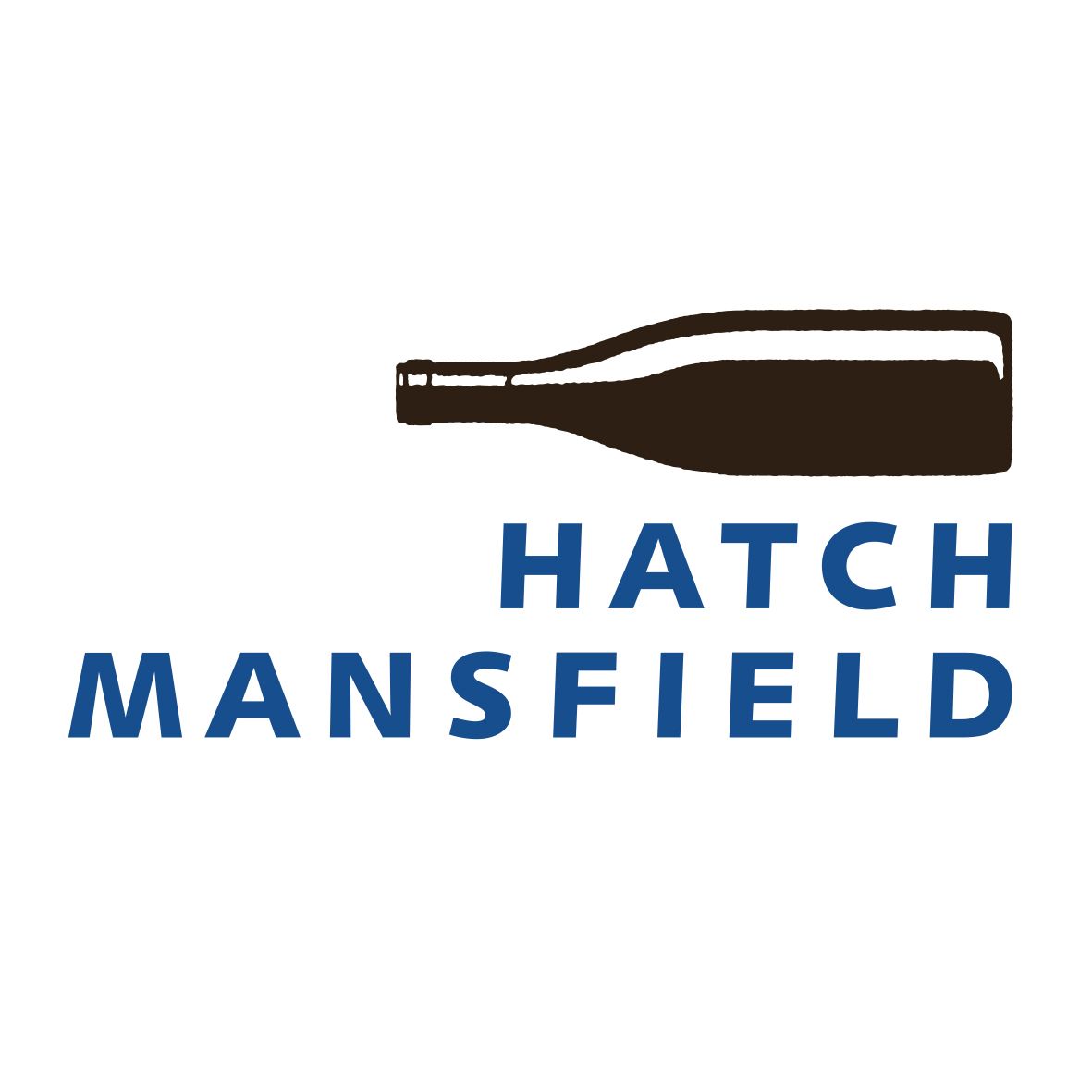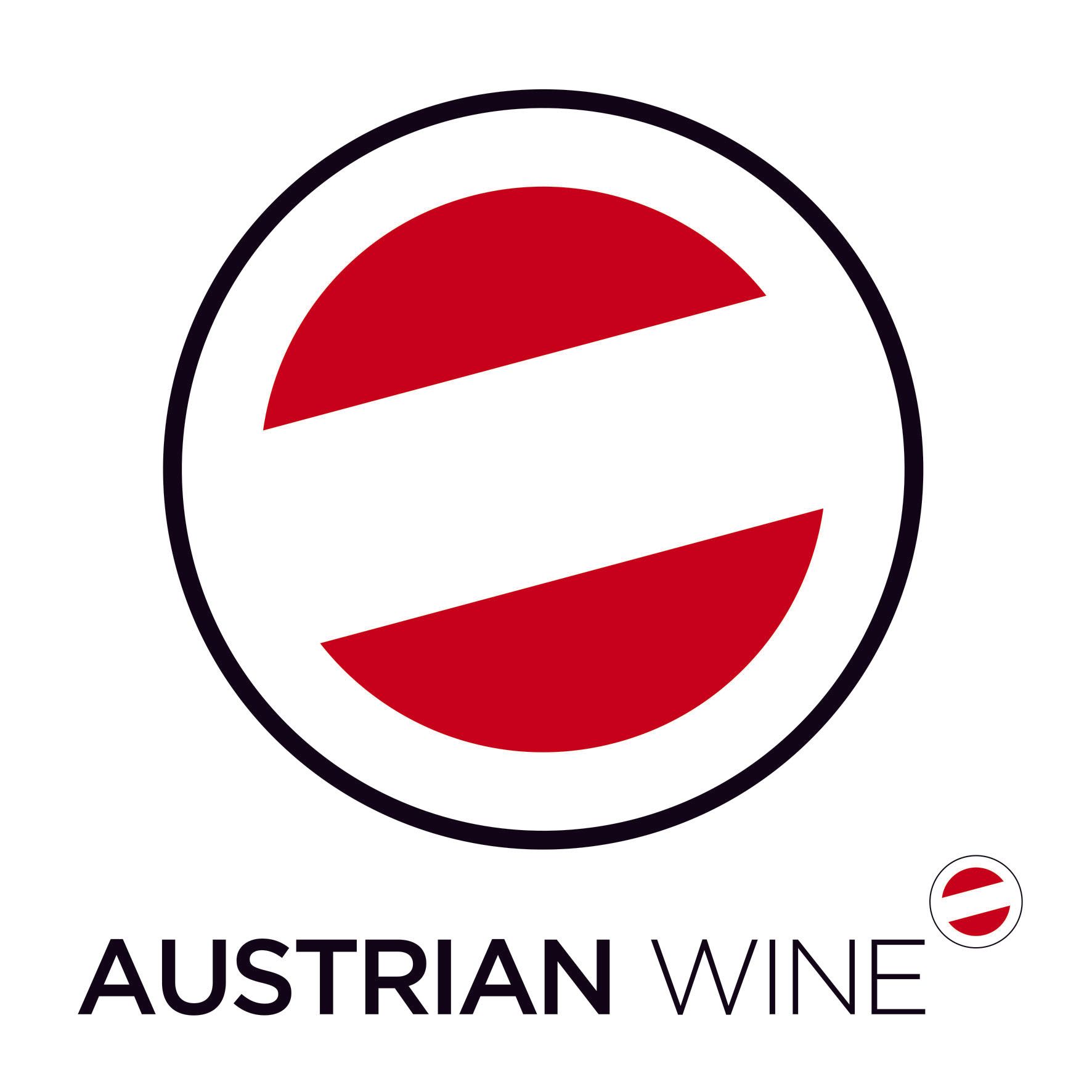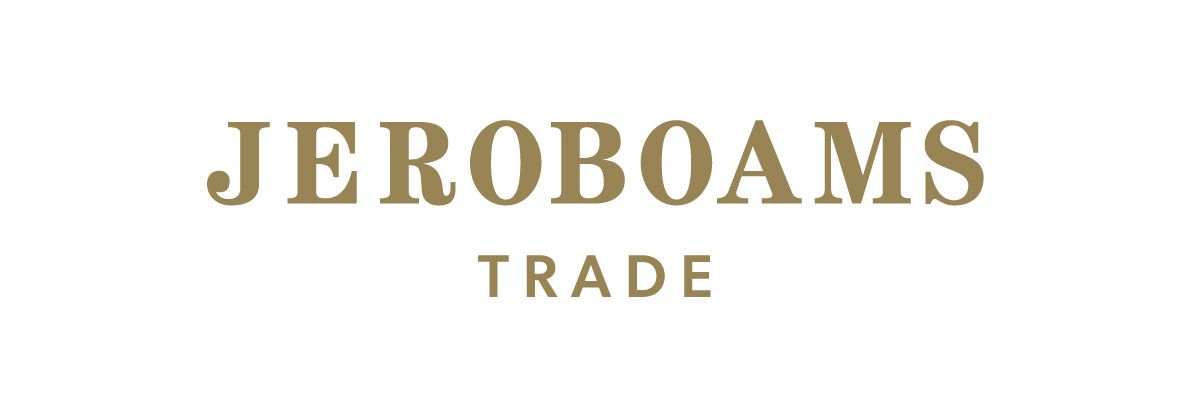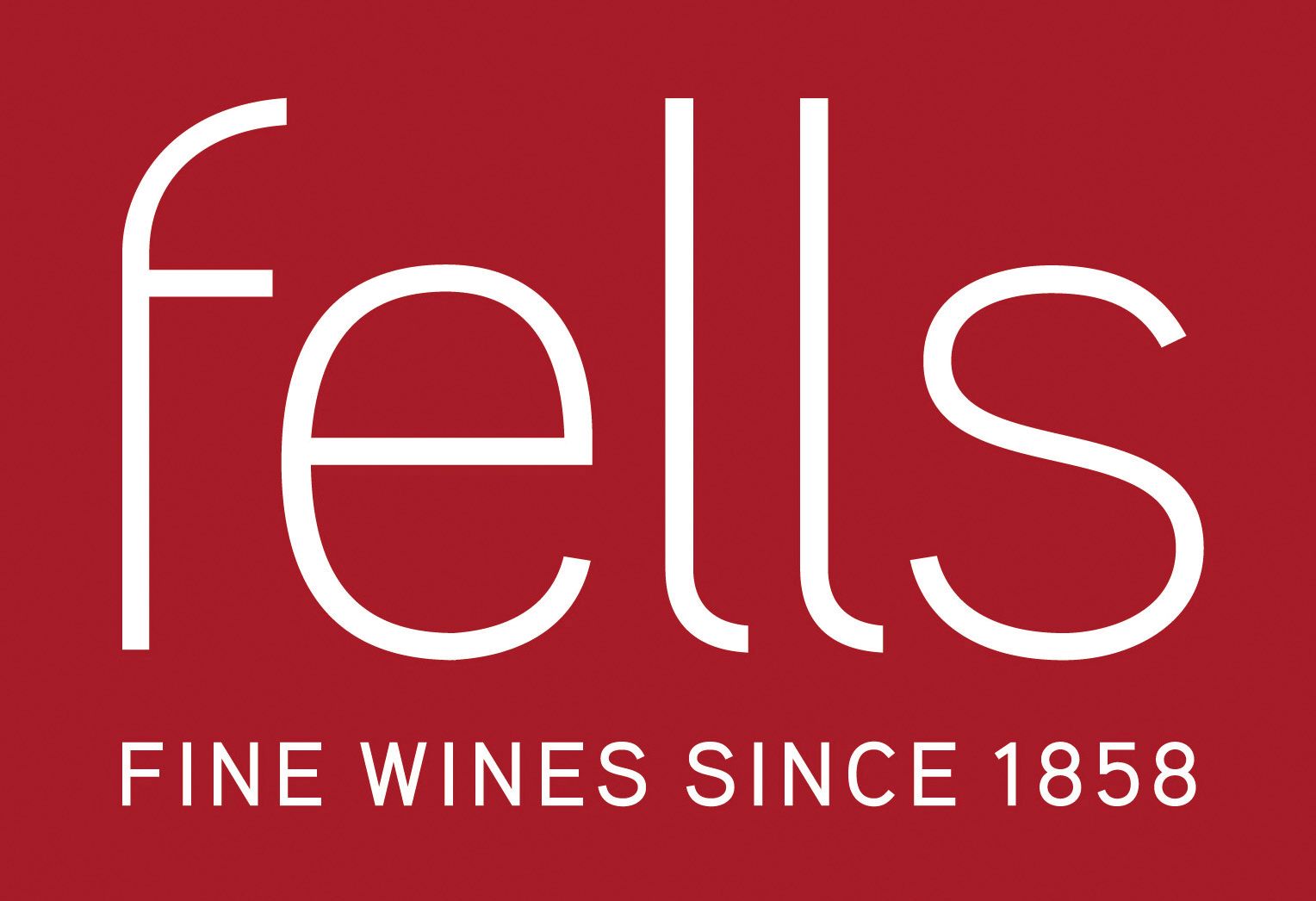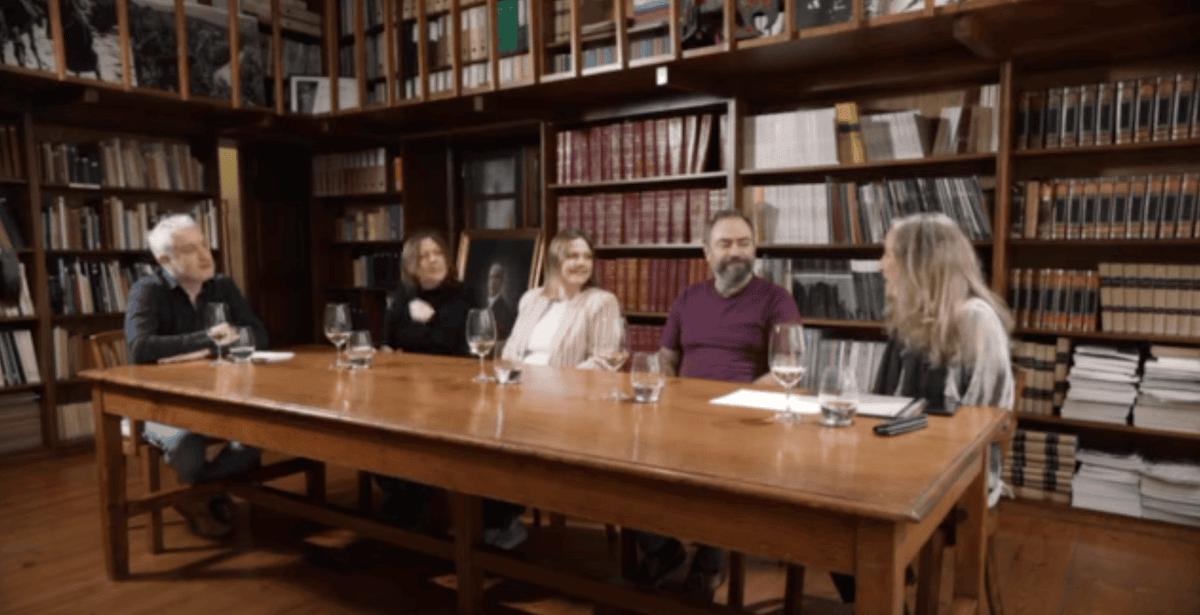Axel Heinz confesses that part of the motivation for making La Côte Lascombes 2022 was to “shake things up a bit” – to get a bit of attention for Château Lascombes and to do that by producing something unexpected. That he has done alright because while many Bordeaux winemakers are getting fidgety about Merlot’s tendency to over-ripen in climate change – some leaning towards Cab Franc for more freshness in a blend while others are grubbing up vines– new wine La Côte Lascombes unashamedly swims against the tide…. a 100% Merlot that is almost three times the price of the Grand Vin at £140 (IB).
Paying attention now?
The good news is that it is a stunning wine – setting a very high bar on its first vintage.

'Master of Merlot' Axel Heinz, Trivet, London, September 2025
Perhaps we shouldn’t be surprised given how Heinz elevated the status of the Merlot-icon Masseto during his near-20 year tenure at Ornellaia where he headed up winemaking before taking the job at Lascombes. He doesn’t bear the moniker of ‘the master of Merlot’ for nothing.
“I was given the task of trying to do something a bit new to reinforce the idea of things changing at Château Lascombes. And when I looked at the past and the identity of the estate I found we had the opportunity to add another wine to the existing range – that would help us give us a different view of the estate and also generate more interest – renewing gives us an opportunity to add something that hasn’t been there before,” Heinz says, before adding that too many new additions to a portfolio are -over-complicated and don’t make sense.
La Côte came about from a soil study he conducted when he first arrived at Lascombes, a study which identified an outstanding 5-hectare parcel of 34-year-old vines that have high acidity and freshness thanks to a vein of blue clay that sits within the calcareous soils – a rarity in the Medoc.
Heinz also admits that, quite apart from making a unique Margaux, La Côte is making a statement about where Château Lascombes sees itself heading.
“It’s a wine that breaks the code and it’s a signal of where we want to get – an aspirational pricing position – that sets a new mark and where Lascombes sees itself.”
Back to the future

Axel Heinz holding court at Trivet
Since new Lascombes owner Gaylon Lawrence Jr lured Heinz from Ornellaia back to Bordeaux where he started his career, Heinz has set about re-setting the estate back to the 1855 classification where it was declared a Second Growth – this is an estate that has expanded massively over the years with a variety of acquisitions and vineyards dotted all across Margaux – now he is focusing on the footprint of the 1855 classification, reinstating Cabernet Sauvignon as the backbone of the Grand Vin and using more of the Merlot in second wine Chevalier.
“The idea is to bring the Grand Vin back to a style more deeply rooted in the Bordeaux tradition, with a cuvée in which Cabernet Sauvignon – the emblematic grape of the Médoc – once again takes centre stage. This variety lends to the Grands Vins of Margaux their hallmark brilliance.”
Apart from the presumed material benefits that come with promotion from head winemaker to managing director, you can see what attracted Heinz to the job – returning the largest estate in Margaux (12% of the appellation) to its former glory and making wine with elegance and finesse – altering the course set at the start of the Millennium by consultant Michel Rolland and former MD Dominique Befve.
Lascombes is an estate, after all, that has been punching below its weight for some time and lost its way after a quick succession of owners; in her book Inside Bordeaux, region expert Jane Anson actually downgrades the estate to Third Growth status.
The nadir of Lascombes’ fortunes was in the 1950s when it was just 20 hectares. Alexis Lichine resuscitated it, it was then owned by English brewers Bass Charrington, sold to a US pension fund before being acquired in 2011 by French insurance company MACSF who then sold it to the billionaire Lawrence family in 2022, who had themselves just bought a string of Napa wineries.
Heinz admits that future-wise the US market is a key component of the overall commercial strategy but says that this is not influencing the way he is changing the winemaking.
A true Margalais style
At lunch in London’s Two Michelin star restaurant Trivet, Heinz showed grand vin Château Lascombes 2022 alongside the new 2023 to demonstrate some of the direction he is taking the estate. He inherited the 2022 vintage from the previous team, but the 2023 is the first wine since he took overall control.
He explains that he has got rid of a lot of things like extended cold soaking and calibrated extraction and tried to introduce a simpler, more transparent style of winemaking one where “the artifice is removed” and we listen “to what the wine wants to tell us. I want the wine to speak more of Margaux at an earlier stage,” he says, “to reflect the appellation more and be more easily identifiable as a Margaux.”
If the 2023 is already tasting more open compared to its predecessor, the change will be even more apparent with the 2024 grand vin, according to sales director Vincenzo D’Andrea, who joined Lascombes from Bibi Graetz in February. He says that when you taste the 2024 vintage alongside the 2023 you can see how radical the change is in winemaking style. Speaking to Inside La Place he said:
“In an in-depth tasting with Axel this morning, we compared the 2023 and 2024 vintages. The 2024 stands out for its remarkable precision: a wine that’s clean, direct and rich in detail. It expresses a magnificent freshness, which was somewhat lacking in previous, often more opulent vintages. In this way, we rediscover a true Margalais style for Lascombes, which had been overshadowed by the winemaking philosophy of the château’s former director.”
Highlights of the tasting

La Côte Lascombes 2022
This new 100% Merlot is truly unexpected. What you would think it is going to deliver, especially in a ripe vintage like 2022, is not the case at all. True, there is an opulence here and ripe fruit but the balance is so well judged, the layers of ripe plum and cherry fruit on the front palate matched with firm, underlying acidity and a mineral-register mid-palate. So approachable thanks to silky tannins and decent density and sits well in the mouth. Lovely purity. Excellent – is it worth £140 IB? Not sure, but it’s a ballsy statement that’s for sure.

The wine was served with squab pigeon roasted over charcoal with preserved cherries, spiced carrots and confit leg pastilla – the youthful tannins working well against the richness of the dish.

Château Lascombes 2023
Fascinating to try this alongside the ‘inherited’ 2022 vintage – both served quite bravely with grilled Cornish turbot. The 2023 is the better wine in my opinion, benefitting from the greater selection in the vineyard. There is plenty of black berry fruit, notes of cedar, menthol and liquorice, but the structure is better defined, the texture more mellow and agreeable, the fruit juicy. The 2022 by contrast was more extracted, intense with dry extract on the finish. The direction of the 23 augurs well for the future. 60% Cabernet Sauvignon, 37% Merlot and 3% Petit Verdot.

Fascinating to try the new Lascombes 2023 wine, paired with turbot.
Heinz also showed the 2016, 2010, 1985 (from jeroboam) and 1970 (from magnum). Best wine by far was the 2010 which was on-point as so many 2010 2nd growths are – fresh, juicy, divine texture, with a lovely mocha/ milk chocolate note on the finish. The 2016 was far less complex, approachable, smooth and silky but a bit muted. The 1985 seemed more evolved than the 1970 – bizarre given the larger format – brown, tertiary, I wasn’t keen. The 1970 was hugely complex as you might expect, tertiary with sous bois and a core of sun-dried tomato, nice register but over-the-hill in my opinion.
A fabulous occasion, great story, terrific lunch as always at Trivet and the wines taking a turn for the better. Good luck Heinz and many thanks.


